The Ultimate Guide To Parsley Companion Plants
The Ultimate Guide to Parsley Companion Plants
Parsley is a popular herb that is known for its versatile flavor and health benefits. It can be used in a variety of dishes, from salads and soups to stews and sauces. Parsley is also a good source of vitamins A, C, and K, as well as antioxidants.
In addition to its culinary and nutritional value, parsley also has some interesting companion planting properties. Companion planting is the practice of planting certain plants together in order to benefit each other. By planting parsley with certain companion plants, you can improve the growth, health, and flavor of your herbs and vegetables.
In this guide, we will discuss the best companion plants for parsley. We will also cover some of the plants that should be avoided when planting parsley.
Benefits of Companion Planting with Parsley
There are many benefits to companion planting with parsley. Some of these benefits include:
- Improved growth and health: Companion plants can help to improve the growth and health of parsley by providing nutrients, attracting beneficial insects, and deterring pests.
- Increased yields: Companion planting can also help to increase the yields of parsley. This is because companion plants can help to improve the pollination of parsley flowers, which leads to more fruits and vegetables.
- Improved flavor: Companion planting can also improve the flavor of parsley. This is because companion plants can help to reduce the bitterness of parsley leaves.
- Reduced pest and disease problems: Companion planting can help to reduce pest and disease problems in parsley. This is because companion plants can help to attract beneficial insects that prey on pests, and they can also help to deter pests from feeding on parsley plants.
Best Companion Plants for Parsley
There are many different plants that can be grown as companion plants for parsley. Some of the best companion plants for parsley include:
- Asparagus: Asparagus and parsley are both members of the Apiaceae family, and they benefit each other by attracting beneficial insects and deterring pests.
- Beans: Beans fix nitrogen in the soil, which can benefit parsley plants. Parsley can also help to deter bean beetles from feeding on bean plants.
- Carrots: Carrots and parsley are both root vegetables, and they can be planted together to help each other deter pests.
- Chives: Chives have a strong aroma that can help to deter pests from feeding on parsley plants.
- Cucumbers: Cucumbers and parsley can be planted together to help each other attract beneficial insects.
- Lettuce: Lettuce and parsley can be planted together to help each other deter pests. However, it is important to note that parsley can cause lettuce to bolt (go to seed) prematurely if they are planted too close together.
- Melons: Melons and parsley can be planted together to help each other attract beneficial insects.
- Peas: Peas fix nitrogen in the soil, which can benefit parsley plants. Parsley can also help to deter pea beetles from feeding on pea plants.
- Potatoes: Potatoes and parsley can be planted together to help each other deter pests.
- Spinach: Spinach and parsley can be planted together to help each other deter pests.
- Tomatoes: Parsley can help to attract hoverflies, which prey on aphids that can attack tomato plants.
Plants to Avoid Planting Near Parsley
There are a few plants that should be avoided when planting parsley. These plants include:
- Alliums: Alliums, such as garlic, onions, and shallots, can stunt the growth of parsley plants.
- Mint: Mint has spreading roots that can overtake parsley plants. It is best to plant mint in an isolated area, away from other plants.
- Fennel: Fennel and parsley are both members of the Apiaceae family, and they can cross-pollinate. This can lead to the production of plants that are not true to type.
Conclusion
Parsley is a versatile herb that can be used in a variety of dishes. It is also a good source of vitamins and minerals. Companion planting can help to improve the growth, health, and flavor of parsley plants. By planting parsley with the right companion plants, you can enjoy a bountiful harvest of delicious and nutritious parsley.
Parsley is a versatile herb that can be used in a variety of dishes. It is also a great companion plant, meaning that it can be grown near other plants to benefit both of them. Some of the best parsley companion plants include:
- Asparagus: Asparagus and parsley are mutually beneficial plants. Asparagus provides parsley with shade, while parsley helps to repel asparagus beetles.
- Beans: Beans and parsley are both nitrogen-fixing plants, which means they add nitrogen to the soil. This can help to improve the growth of both plants.
- Corn: Corn is a good companion plant for parsley because it attracts pests that parsley can deter, such as cutworms.
- Tomatoes: Parsley can help to repel aphids, which are a common pest of tomatoes.
- Carrots: Parsley and carrots can help each other to grow by deterring pests and attracting beneficial insects.
For more information about parsley companion plants, visit Gardenia Inspiration. This website provides a comprehensive list of plants that can be grown near parsley, as well as information about the benefits of companion planting.
FAQ of parsley companion plants
1. What are some good companion plants for parsley?
Parsley is a great companion plant for many different types of vegetables and fruits. Some of its best companions include:
- Asparagus: Asparagus helps to repel asparagus beetles, which can be a problem for parsley plants.

- Beans: Parsley helps to improve the nitrogen content of the soil, which is beneficial for beans.
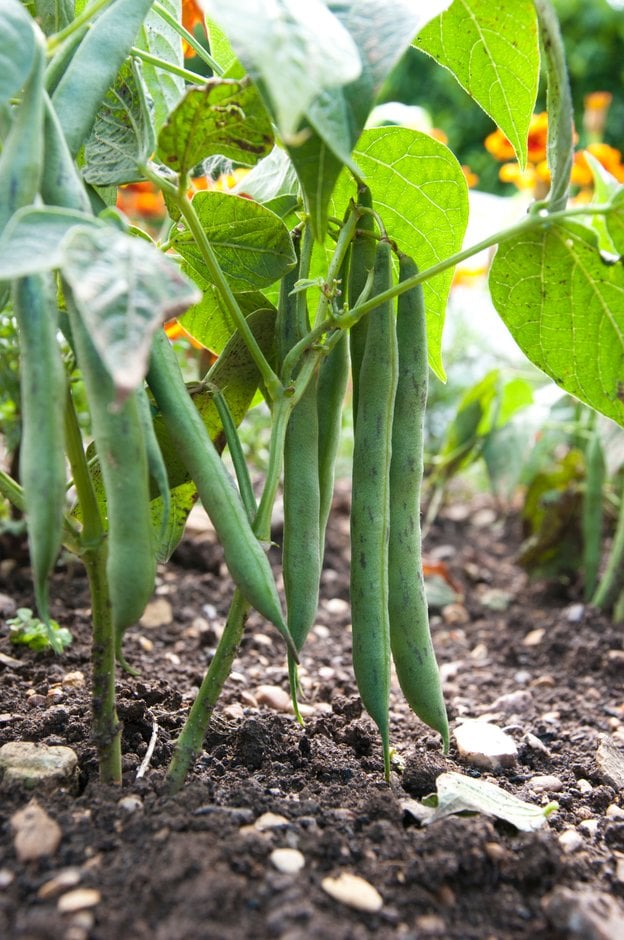-(2).jpg)
- Carrots: Parsley helps to deter carrot fly, which can be a problem for carrot plants.
- Cucumbers: Parsley helps to repel cucumber beetles, which can be a problem for cucumber plants.
- Eggplant: Parsley helps to repel nematodes, which can be a problem for eggplant plants.
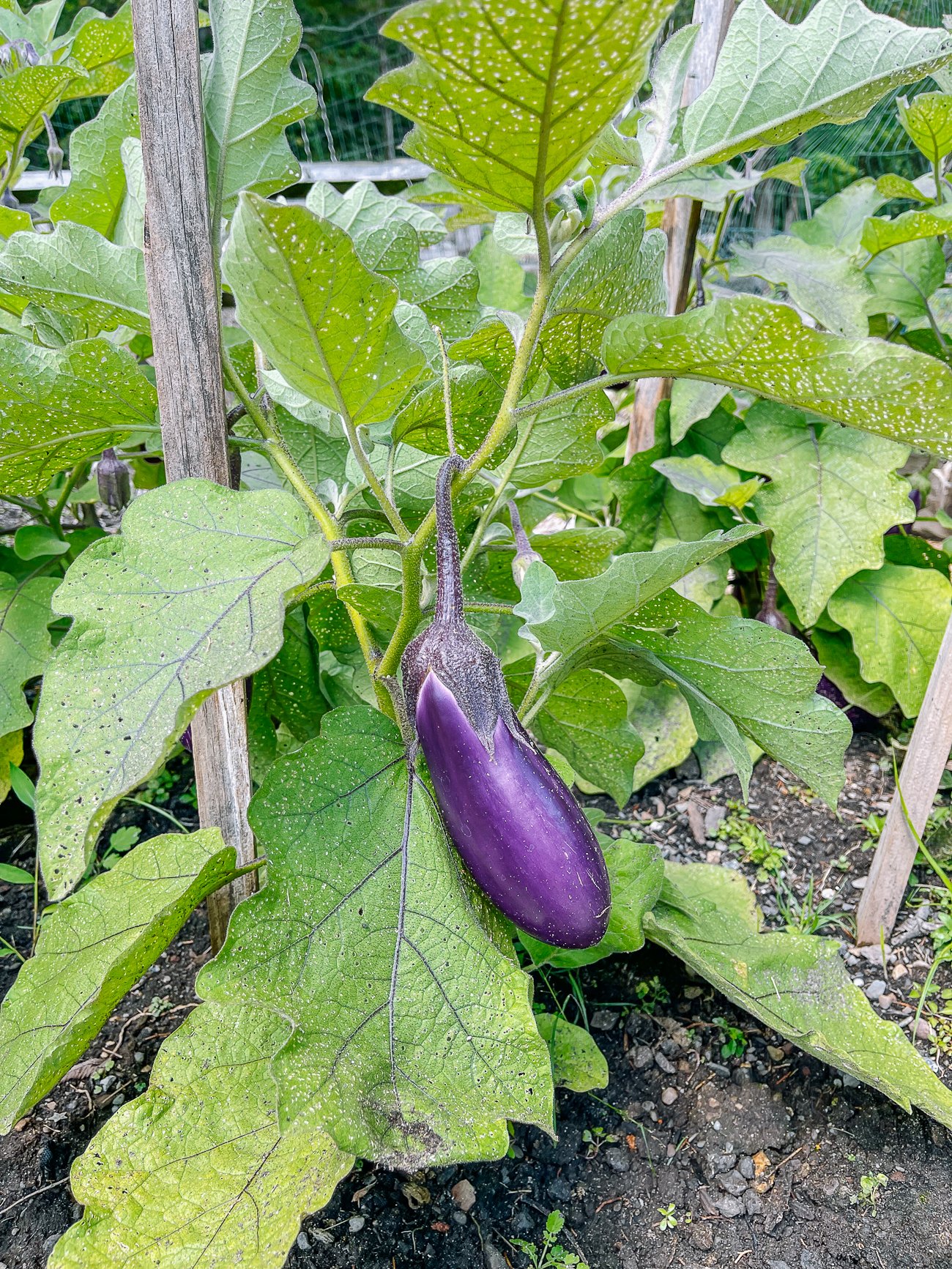
- Lettuce: Parsley helps to repel aphids, which can be a problem for lettuce plants.
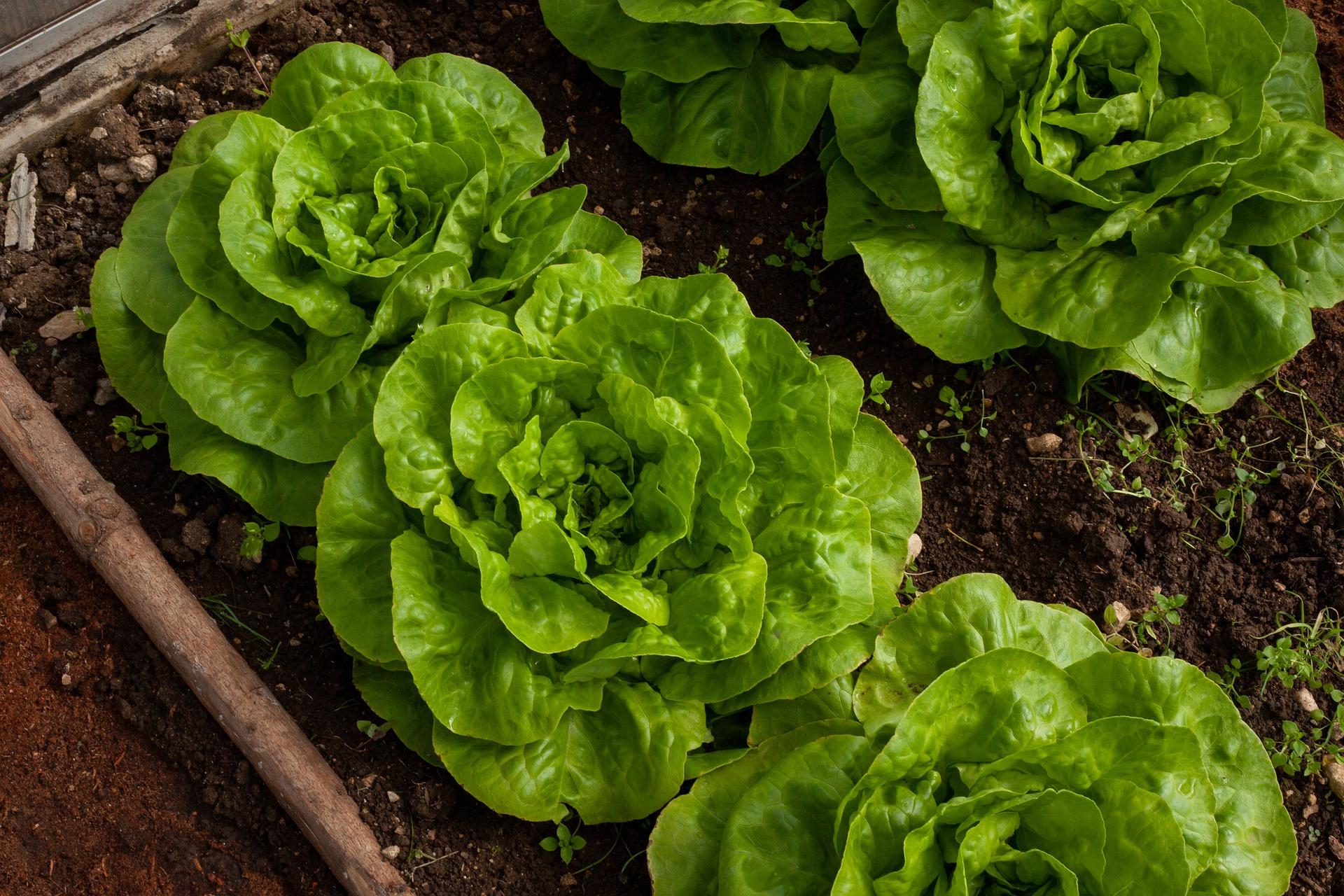
- Peas: Parsley helps to improve the nitrogen content of the soil, which is beneficial for peas.
- Potatoes: Parsley helps to repel potato beetles, which can be a problem for potato plants.

- Spinach: Parsley helps to repel slugs and snails, which can be a problem for spinach plants.

2. What plants should I avoid planting near parsley?
There are a few plants that you should avoid planting near parsley, as they can compete with it for nutrients or water. These plants include:
- Celery: Celery and parsley are both members of the Apiaceae family, and they can compete with each other for resources.

- Dill: Dill can release chemicals that inhibit the growth of parsley plants.
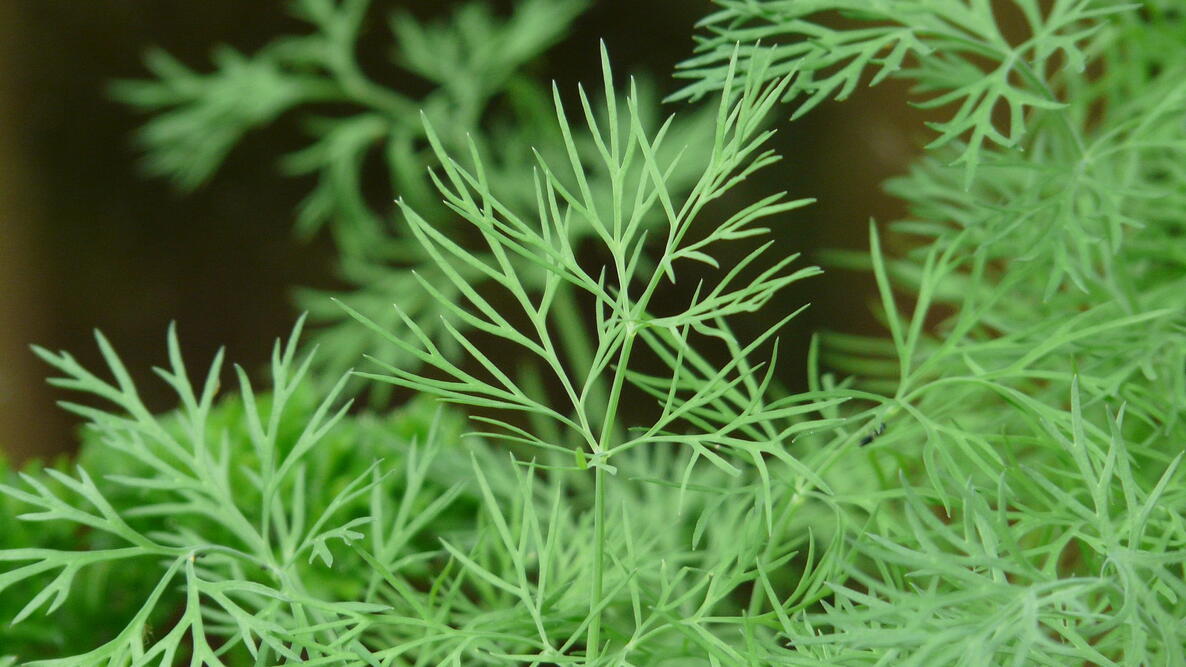
- Fennel: Fennel can release chemicals that inhibit the growth of parsley plants.

- Onions: Onions and parsley can compete with each other for nutrients and water.
- Rhubarb: Rhubarb can release chemicals that inhibit the growth of parsley plants.
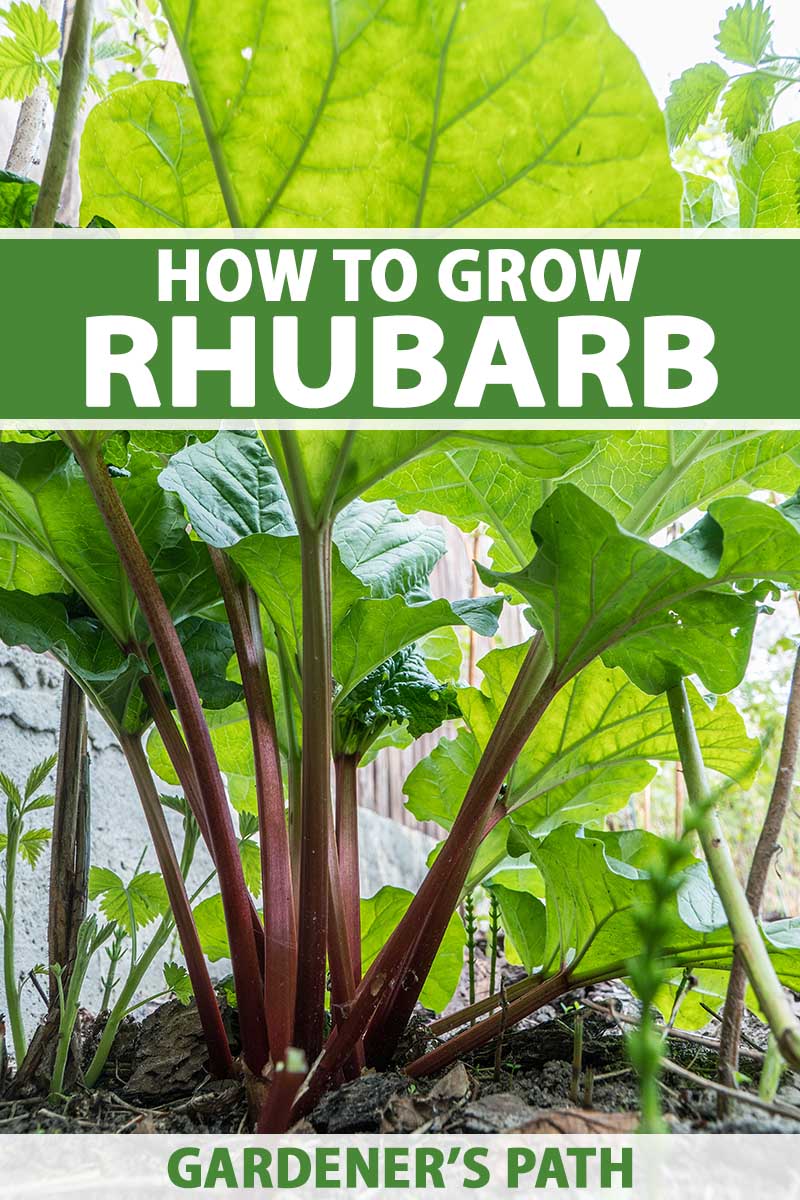
3. How far apart should I plant parsley?
Parsley plants need about 6 inches of space between them to grow properly. If you plant them too close together, they will compete with each other for nutrients and water.
4. When should I plant parsley?
Parsley can be planted in the spring or fall. If you plant it in the spring, it will start to grow quickly and will be ready to harvest in about 60 days. If you plant it in the fall, it will grow more slowly and will be ready to harvest in about 90 days.
5. How do I care for parsley?
Parsley is a relatively easy plant to care for. It needs full sun and well-drained soil. Water it regularly, especially during hot weather. You can fertilize it every few weeks with a balanced fertilizer.
Image of parsley companion plants
- Marjoram: Marjoram and parsley are both members of the mint family, and they complement each other well in the garden. Marjoram repels pests like cabbage moths and carrot flies, while parsley attracts beneficial insects like ladybugs and hoverflies.
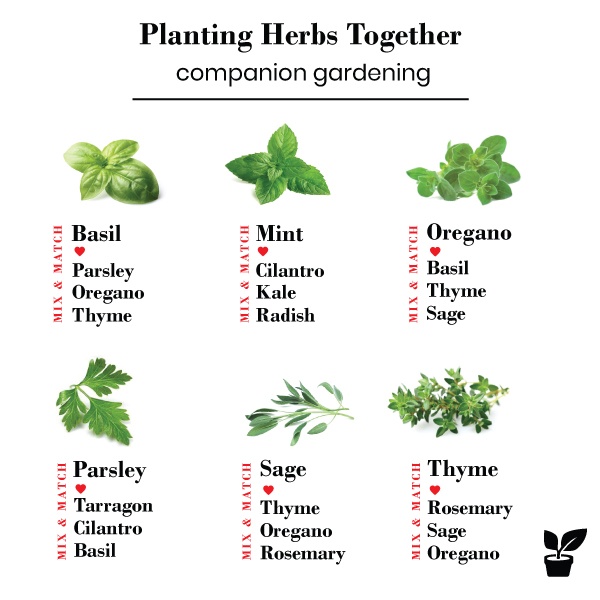
- Oregano: Oregano and parsley are both Mediterranean herbs that thrive in full sun and well-drained soil. They also have similar pest-repelling properties.

- Rosemary: Rosemary and parsley are both herbs that can tolerate poor soil conditions. They also attract beneficial insects like bees and butterflies.
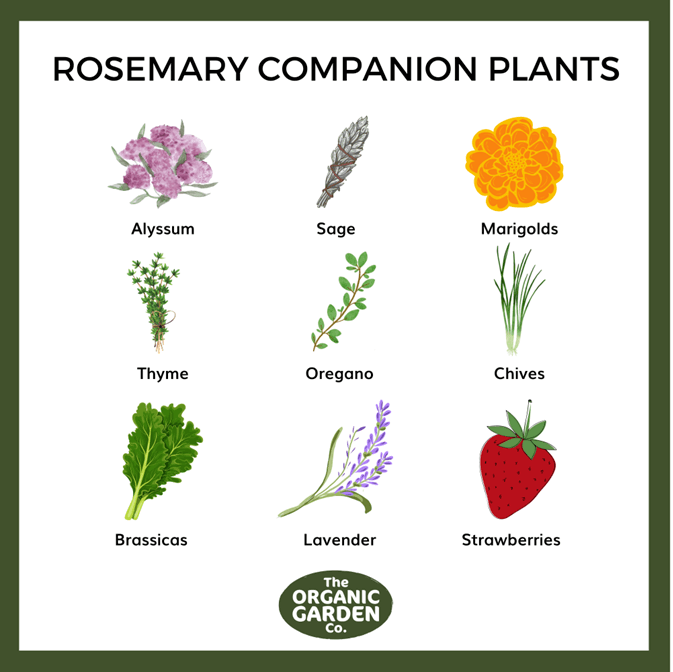
- Sage: Sage and parsley are both herbs that can be used to flavor food. They also have similar medicinal properties. Sage is astringent and can help to reduce inflammation, while parsley is a diuretic and can help to flush out toxins.

- Thyme: Thyme and parsley are both herbs that can be used to flavor food. They also have similar medicinal properties. Thyme is antibacterial and can help to fight infection, while parsley is a good source of vitamins and minerals.

Post a Comment for "The Ultimate Guide To Parsley Companion Plants"